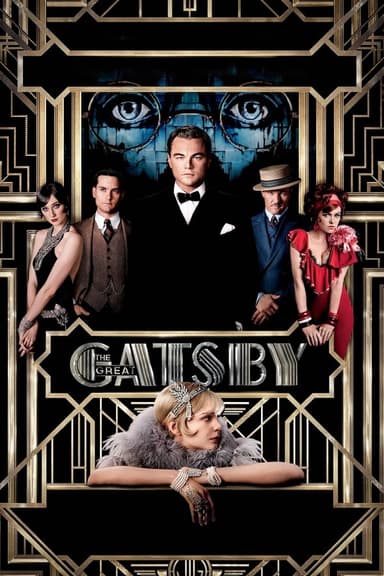
The Tearsmith
2024 • Drama, Romance • R
Adopted together after a tough childhood in an orphanage, Nica and Rigel realize that unexpected but irresistible feelings pull them together.
Runtime: 1h 46m
Why you should read the novel
If you want the raw emotions, intricate character arcs, and subtle details that underlie The Tearsmith, the novel by Erin Doom is a must-read. The book delves deep into the psychological layers of its characters, revealing their vulnerabilities in ways that a film adaptation only touches upon. With descriptive prose and thoughtful introspection, the novel crafts a vivid, heartfelt world that enhances the sense of empathy for Rigel and Nica.
Moreover, the book allows readers to experience the internal struggles and personal growth of both protagonists in a more nuanced manner. Erin Doom's writing gives space to process their pain, their hopes, and the bittersweet moments of connection, letting each scene breathe. This written form creates a profound intimacy that resonates beyond the dramatic moments, making their journey unforgettable.
Opting for the source material offers exclusive content, deeper context, and an authentic portrayal of the foster care system and trauma recovery woven into a love story. By choosing the novel, you immerse yourself in the complete emotional landscape envisioned by Erin Doom, making every twist and revelation more poignant and powerful than what can be achieved in a two-hour film.
Adaptation differences
One key difference between the adaptation and the original novel is the level of character development. While the movie focuses primarily on the main romantic dynamics between Nica and Rigel, the book invests significant time in their individual backgrounds, fostering a more comprehensive understanding of their motives and trauma. Secondary characters and their roles in the protagonists’ lives are much richer in the novel, adding further complexity that the film mostly condenses or omits.
Another major distinction is the handling of the protagonists’ internal monologues and emotional journeys. The book provides intimate access to Nica and Rigel’s thoughts, allowing readers to experience their fears, hope, and healing on a personal level. In contrast, the film relies on visual cues and dialogue, making the emotional arcs more implicit and at times less layered than in the source material.
The adaptation necessarily compresses certain plot points and omits scenes to fit within its runtime. Several pivotal moments that have significant emotional weight in the novel are either rushed or rearranged, impacting the pacing and depth of the character relationships. Key scenes that provide important backstory or highlight recurring motifs—such as the significance of tears and the foster care environment—are more thoroughly explored in the book than in the movie.
Finally, the tone between the two versions diverges in meaningful ways. Erin Doom’s prose is atmospheric and poetic, suffusing the story with a somber beauty and introspective nuance that the more straightforward, visually-driven approach of the film sometimes sacrifices. Subtle themes of resilience, loss, and self-discovery remain more pronounced and impactful in the pages of the novel, offering readers a richer and more immersive experience overall.
The Tearsmith inspired from
The Tearsmith
by Erin Doom










